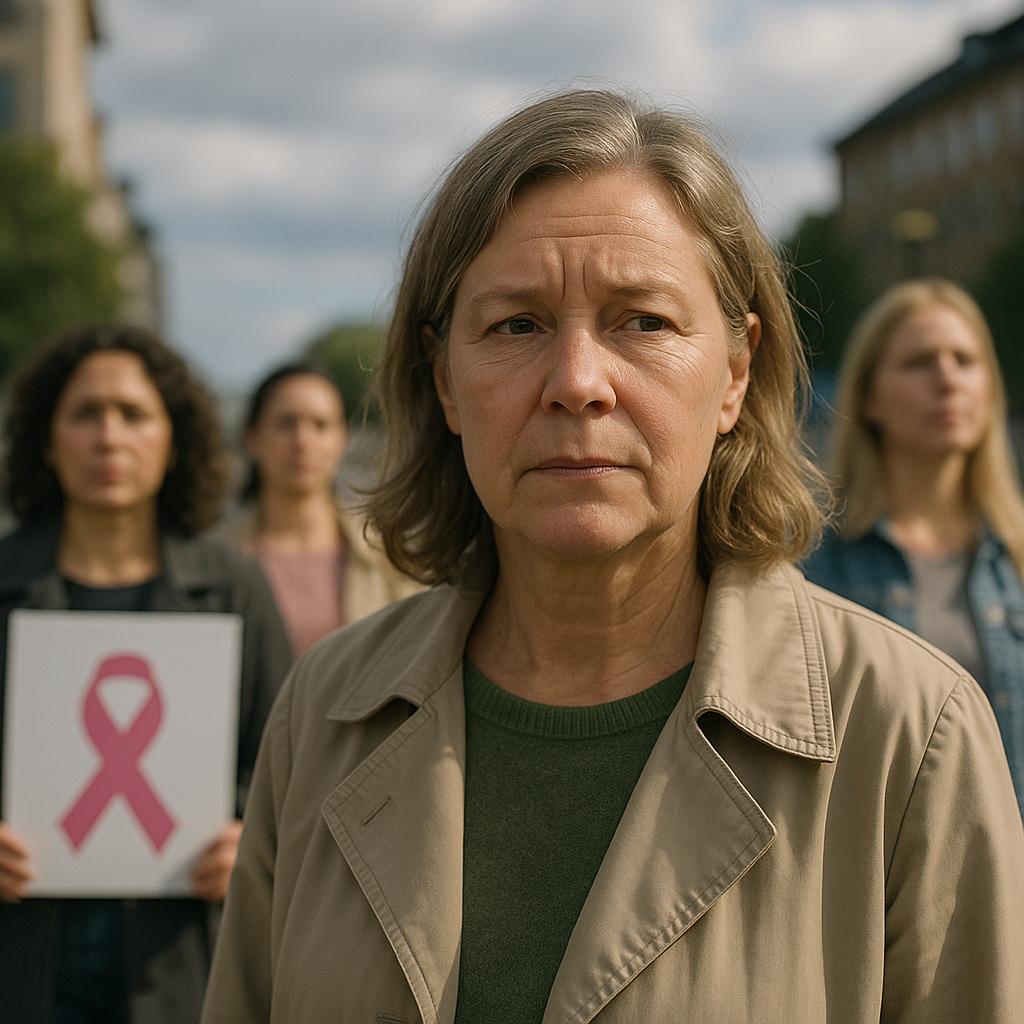By June 30, 2025, Sweden concluded an ambitious health initiative aimed at dramatically reducing cervical cancer through widespread HPV vaccination. The plan: offer a free HPV vaccine to nearly half a million women aged late 20s to early 30s, specifically those born between 1994 and 1999. The goal was clear — achieve at least 70% vaccination coverage to reach herd immunity and ultimately eliminate cervical cancer.
The strategy, while bold and proactive, fell short of its national target. Only 7 of the country’s 21 regions surpassed the 70% benchmark, with overall coverage landing at 64.4%. Despite falling short of optimal herd immunity, the program still offered significant protection and valuable insights for future prevention efforts.
A Vaccine That Could End a Cancer
The human papillomavirus (HPV), primarily spread through sexual contact, is responsible for most cases of cervical cancer. Fortunately, a highly effective vaccine has been available and integrated into Sweden’s routine childhood immunization program since 2010, initially for girls and later extended to boys in 2020.
However, women born in the late 1990s missed this wave of early protection. This campaign targeted that demographic — a “forgotten generation” — with the hope of closing the immunity gap and shielding them from future infections that could severely impact their health.
Where the Numbers Shine — and Where They Don’t
Vaccination success varied dramatically across the nation:
- Värmland led the charge with a coverage rate of 76.9%.
- Other high-performing regions included Kalmar, Västernorrland, and Halland.
- Region Skåne recorded the lowest participation, with only 50% uptake.
These disparities can be attributed to several key factors:
- Uneven access to healthcare services, especially in rural areas.
- Lack of awareness or misinformation about the vaccine.
- Challenges in reaching working adults with tight schedules and limited health literacy.
The regions that succeeded did so through strong community engagement, local outreach campaigns, and readily available vaccination sites — a model others could follow more closely in the future.
The Fight Isn’t Over
Although the nationwide campaign officially ended in June 2025, the opportunity to get vaccinated hasn’t vanished. The HPV vaccine remains free for individuals under 26 who haven’t yet received it, and many regions continue to offer it beyond the campaign’s timeline.
This ongoing access reflects a broader shift in policy: transitioning from one-time efforts to long-term prevention strategies. With children routinely vaccinated as early as age 10 or 11, Sweden is laying the foundation for a future where catch-up programs become obsolete.
Health professionals emphasize that building trust in science and increasing consistent public outreach are essential moving forward. Communities with historically low vaccine uptake still demand focused attention and support to eliminate remaining gaps.
Why This Matters
This effort is about more than just meeting statistics. It’s about saving lives. Globally, studies show that comprehensive HPV vaccination can reduce cervical cancer rates by up to 90%. Sweden’s approach offers hope and a possible blueprint for other nations looking to follow suit.
Even if the original target wasn’t fully realized, the foundation is strong. Sweden’s progressive health framework continues to grow, evolving to meet future challenges and moving ever closer to its goal: to make cervical cancer not just treatable, but preventable — and eventually, history.
The end of the campaign marks only a shift in strategy, not a surrender of the mission. The final shot may have been given, but the journey to eliminate cervical cancer is far from over.
